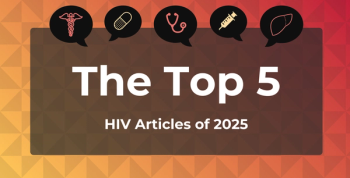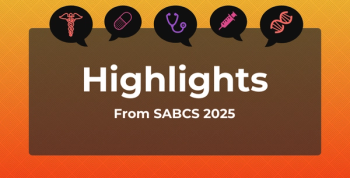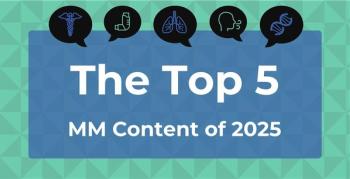
Has the Prevalence of Sleep Disorders Grown in Recent Years?
The prevalence of such sleep disorders as narcolepsy and obstructive sleep apnea increased appreciably from 2013 to 2016. It is unknown whether this is due to increased awareness or increased incidence.
The prevalence of
The
For a sleep disorder such as narcolepsy, which is diagnosed via multiple sleep latency tests, a rise in prevalence was observed along with idiopathic hypersomnia (IH) in a
So, is this increase in prevalence due to greater awareness or increased incidence?
The researchers sought to further assess these trends in narcolepsy prevalence by examining the data of a large insured population with claims activity (Symphony Health) from 2013 to 2016. Along with this primary objective, secondary objectives were to assess the prevalence of other sleep disorders and the frequency of diagnostic sleep testing.
Claims data were analyzed to estimate the annual prevalence per 100,000 patients with narcolepsy and other sleep disorders, including OSA, IH, rapid eye movement sleep behavior disorder, and periodic limb movement disorder. Prevalence was adjusted to the age/sex distribution of the 2016 US census estimates, noted the researchers.
In their analysis, the researchers found that the prevalence of narcolepsy per 100,000 persons increased 14%, from 38.9 in 2013 to 44.3 in 2016. This increased prevalence was additionally observed in other examined sleep disorders:
- OSA prevalence increased 41% over the study period from 2429 to 3420 per 100,000
- IH prevalence increased 32%
- Periodic limb movement disorder increased 30%
- Rapid eye movement sleep behavior disorder increased 64%
“For each sleep disorder, prevalence was higher for those with commercial insurance versus Medicare/Medicaid, and markedly lower prevalence was observed for the Northeast compared with the Midwest, South, and Western US regions,” expanded the study authors.
For the secondary objective of assessing for the frequency of diagnostic sleep testing, multiple sleep latency and maintenance of wakefulness testing declined by 20% and polysomnography by 15%. However, home sleep apnea testing exhibited a significant 177% increase.
Although prevalence trends appear on the rise, researchers highlight that it is still unknown whether this is due to increased incidence or increased awareness, warranting further analyses.
Reference
Acquavella J, Mehra R, Bron M, et al. Prevalence of narcolepsy, other sleep disorders, and diagnostic tests from 2013–2016: insured patients actively seeking care. J Clin Sleep Med. Published online August 15, 2020. doi:10.5664/jcsm.8482
Newsletter
Stay ahead of policy, cost, and value—subscribe to AJMC for expert insights at the intersection of clinical care and health economics.








